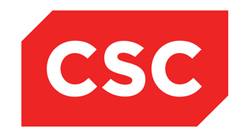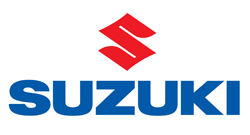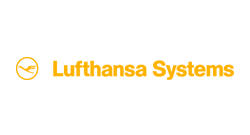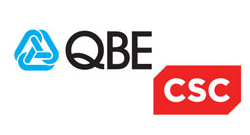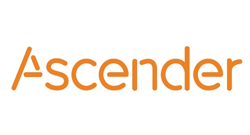
|
|
|
With ever-increasing volumes of data to handle, the proliferation of communication channels, a wide range of security threats and the need to provide ready access to systems for customers and partners, organisations need to find more effective ways to protect their data. Data classification enables organisations to add context to the information that they hold in messages, documents and files. This context (in the form of a visual and/or metadata label classification) allows the user to control which customers, partners or colleagues they share this particular information with and allows the rest of the IT infrastructure to gain efficiencies in business processes and information management by invoking Archiving and Access Control rules, thereby reducing cost. In this whitepaper, we outline the key drivers for data classification and compare three different approaches to data classification – manual, automated and user-driven – that could be used to implement and enforce a data classification policy. Complete the form to download this resource in full. |














